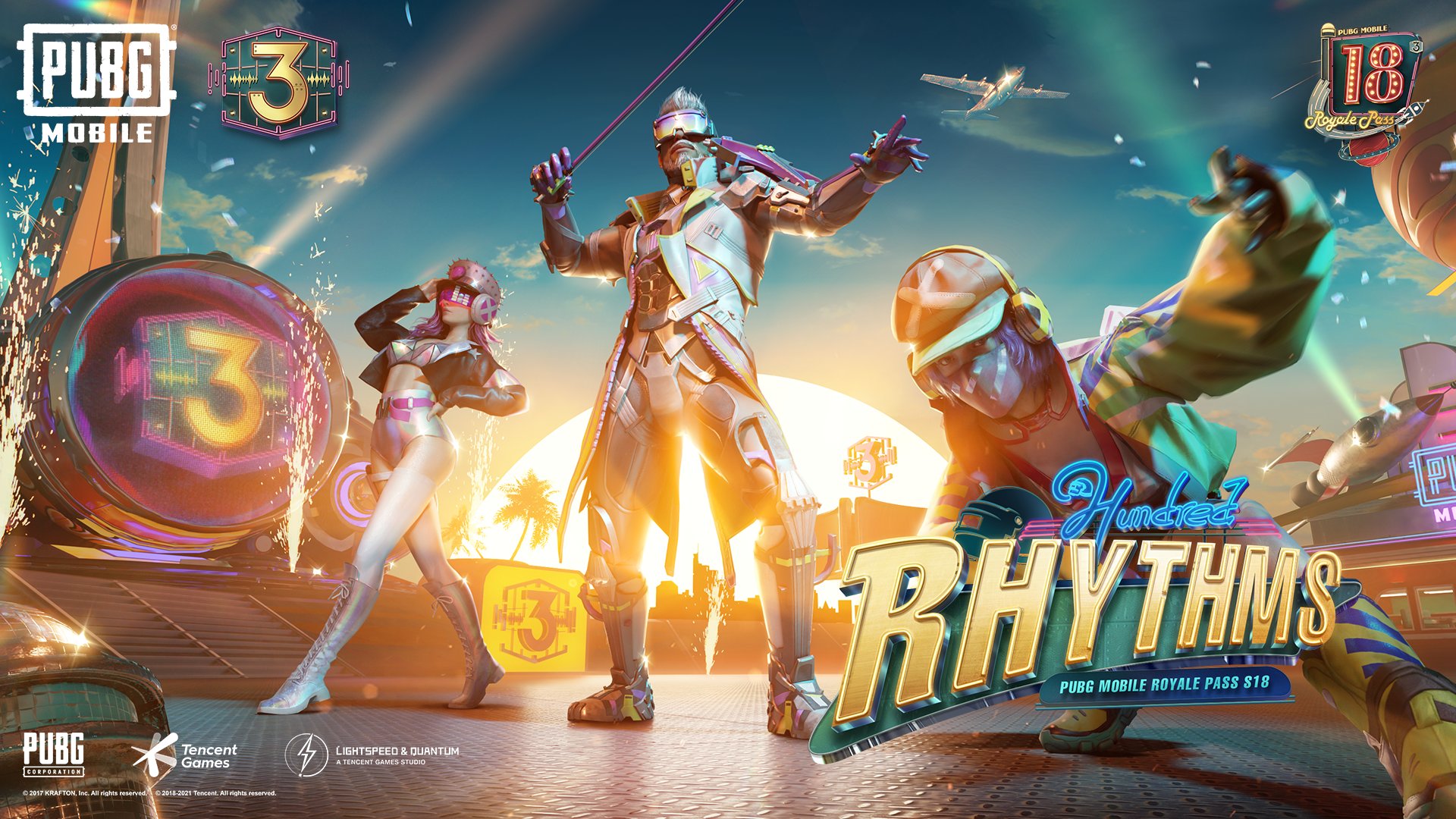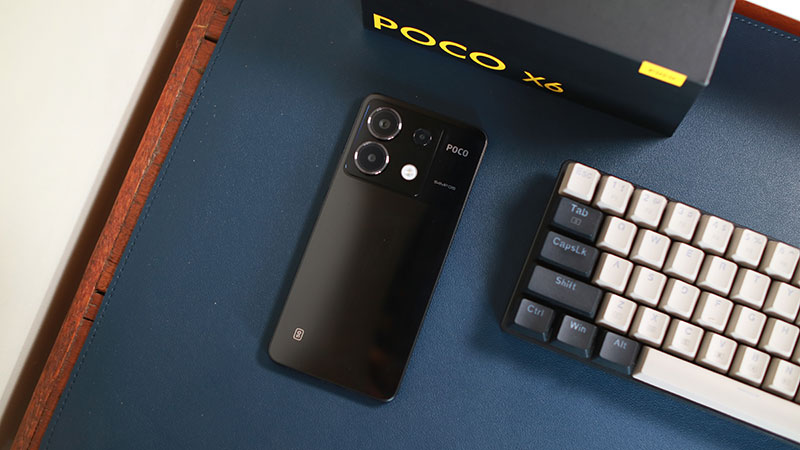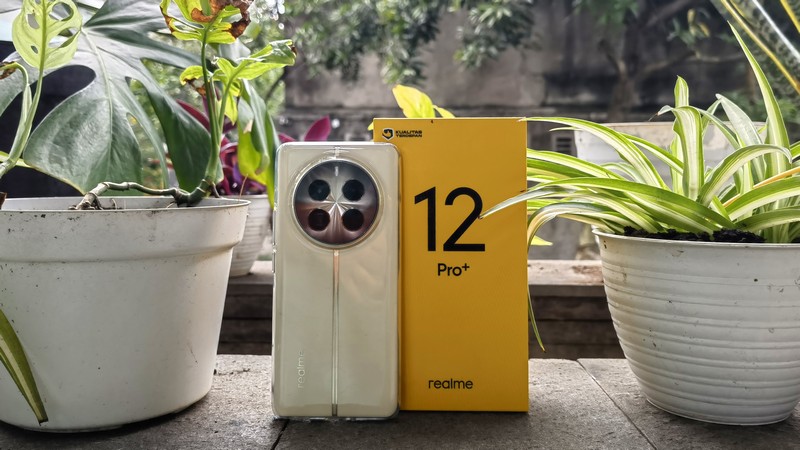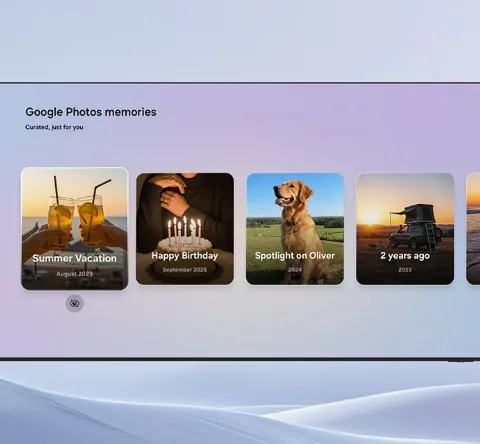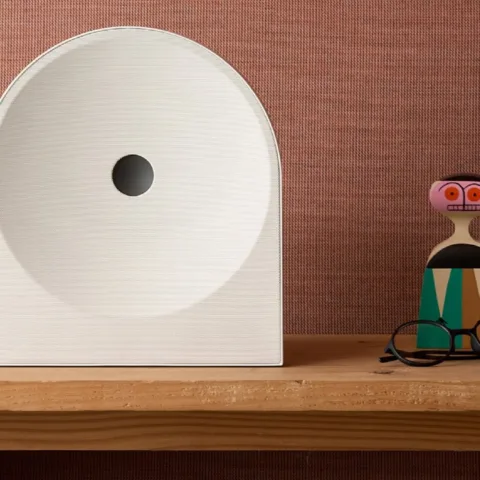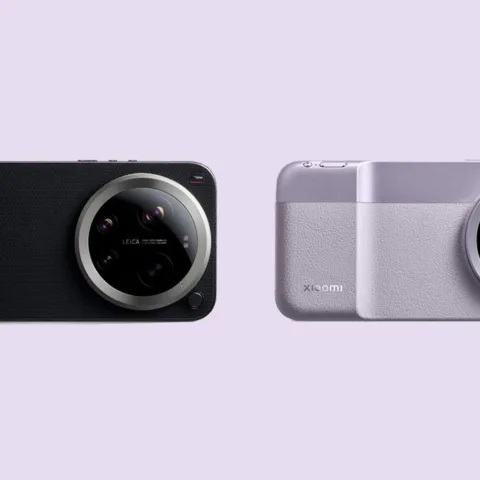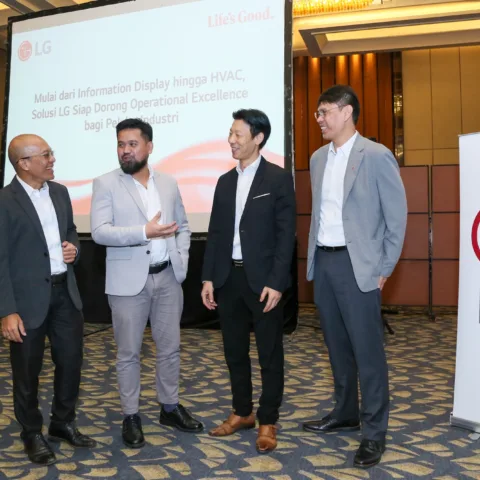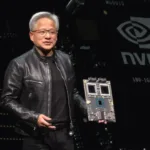PUBG Mobile and Free Fire are two games that often get compared to each other and one can debate on which of these games are far more superior. However, the metrics in which we rate these games are often very subjective. Therefore, let’s try to be more objective in comparing the two games. In this article, we will use concrete data as well as predict the future of these games and their esports ecosystem.
Without further ado, let’s start discussing these two hottest Battle Royale games in the market.
The Surface of PUBG Mobile and Free Fire
Before discussing the more in-depth aspects of the games, let’s start from the very basic, such as the gameplay of the two games. We already know that the two games are both Battle Royales. But what is Battle Royale and how do you play it?
Battle Royale is a relatively brand-new genre in the gaming world. The concept was first introduced in 2017 and immediately caught the attention of many gamers and developers. In the mobile gaming realm, the two biggest and most popular Battle Royales are PUBG Mobile and Free Fire.
What’s the difference between Battle Royale and other game genres? Competitive games generally use the concept of team vs team of 5 people. This concept applies to MOBA games (Mobile Legends for example) and First-Person Shooter (Point Blank or Counter-Strike). However, Battle Royale is slightly different.
Battle Royale competitive mode pits 14 teams at a single match. Each team usually contains 4 players. The goal is to survive the longest and be the last standing group on the map. Strategies to achieve this objective can vary from hiding passively or playing with full aggression to eliminate teams when they least expect it. In PUBG Mobile and Free Fire, you eliminate teams and their members by shooting them down with weapons scattered around the map.
So, what are the main differences between PUBG Mobile and Free Fire? The difference mostly occurs in the game mechanics. Just like any other shooting game, the player’s ability to aim is of paramount importance.
In Free Fire, the process of aiming and shooting enemies is highly assisted by the game system itself. For example, the crosshair will change color when it is pointing right at an enemy, and the system will sometimes also help you lock on to an enemy (also called aim-assist). The weapon recoil in Free Fire is also relatively predictable, making it easy to hit your targets continuously.
What about PUBG Mobile? The shooting mechanics in PUBG Mobile tends to be more difficult and requires more skill to control. Furthermore, there is far less assistance from the game system provided to the players. For instance, the crosshair color will not change regardless if you are aiming right at an enemy, although it still provides visual feedback (or hit markers) to show that your shot is registered. PUBG also has built-in aim assist systems, but it is far less helpful compared to Free Fire. Moreover, the aim-assist feature in PUBG Mobile can also be turned off, unlike in Free Fire. The weapon recoil in PUBG Mobile also simulates real-world physics and is, therefore, much more erratic.
Due to the difference in the game mechanics, PUBG Mobile and Free Fire tend to attract different player segments. PUBG Mobile tends to be liked by competitive players who like challenges and learning games to a deep level. On the other hand, Free Fire attracts more casual and, sometimes, younger players.
PUBG Mobile and Free Fire also have several differences in visual themes. PUBG Mobile tends to be more realistic and presents a “military” theme in their game. Although they sometimes release colorful skins, the equipment in the game is based on real military weaponry (such as grenades, flashbangs, and various types of firearms that do exist in the real world).
Free Fire has a more colorful or playful visual theme consisting of several futuristic and or fictional equipment. Free Fire actually still has some real-world firearms, but there are also several imaginary weapons. Some examples are the Gloo Wall which allows players to bring up ice walls to survive, characters with special abilities, and futuristic-looking vehicles.
After comparing the game from a basic standpoint, let’s dive into the “in-depth” aspect I mentioned earlier. These are topics such as the esports ecosystem, the growth of the player base, and the revenue generated by both games.
The Esports Ecosystem of PUBG Mobile and Free Fire
We have discussed the PUBG Mobile esports ecosystem scheme in an earlier article. What about the Free Fire esports ecosystem? Are there any competitive tournaments in the game? What is the scheme behind their esports sector? Free Fire has four primary competitions in Indonesia. There are the Free Fire Masters League and the Free Fire Indonesia Masters as the two “main cast” of the esports tournaments created by Garena Indonesia, the game developer company. Free Fire Masters League can be interpreted as the Regular Season round of a competitive league, while the Free Fire Indonesia Masters is similar to Playoff rounds.
Apart from these two main competitions, Garena Indonesia also has two other types of tournaments. There is Free Fire The One which is targeted at solo players and Free Fire Royale Combat, a tournament for amateur teams. We can say that Free Fire adopts a mixed system for these two particular competitions.
However, Garena Indonesia implements a closed system for the Free Fire Masters League. The FFML League is classified as a closed system because the selection of teams is incredibly limited. The team that wants to participate in the tournament needs more than just raw skill power. Christian Wihananto, Free Fire Producer from Garena Indonesia, briefly explained the process of entering into FFML at the press conference for the launch of FFML Season 1 held in early January 2020. Chris explained that there are administrative selections and buy-in slots worth IDR 50 million for teams wishing to enter the FFML league.
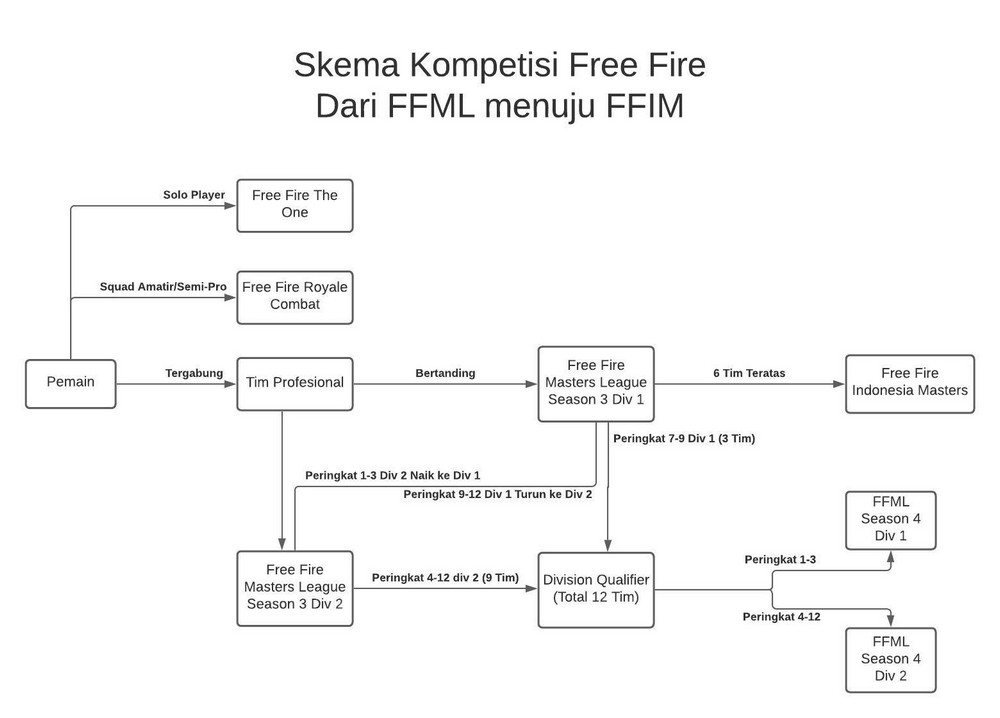
However, there is a slight difference between the closed system applied in the Free Fire Masters League and the Franchise League applied by Mobile Legends: Bang-Bang in the MPL league. The franchise model in the MPL league stipulates 8 teams as permanent participants, without any promotion or relegation systems.
On the other hand, the buy-in slot for the Free Fire Masters League is only valid for a single season. As the league continued to develop into its third season, it introduced FFML Division 2 and included a promotion-relegation system. As a result, FFML Division 2 participants who achieved outstanding performances will have an opportunity to move up to division 1 and vice versa (Division 1 team that performs poorly will get relegated in the following season). Therefore, the FFML league itself cannot be said to be a purely franchise league.
In the interview I conducted, Christian Wihananto mentions that he prefers to call the FFML league a buy-in model. Furthermore, the Free Fire esports scene also includes an open system through the Free Fire Indonesia Masters (FFIM) competition. The FFIM competition brings together the best 12 teams in Indonesia. The 12 teams gathered consist of 6 teams from the Free Fire Masters League and 6 teams from the Play-Ins round.
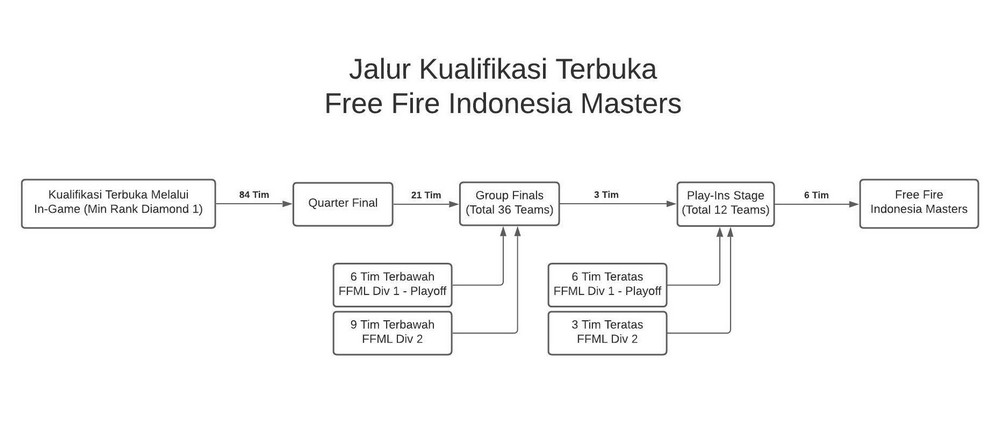
What about the Free Fire esports business ecosystem? The Free Fire esports ecosystem business model is, in many ways, similar to PUBG Mobile and Mobile Legends: Bang-Bang. The similarities can be observed from the huge role that the developers (Garena Indonesia) play in the Free Fire esports business. FML, FFIM, and even amateur-level tournaments – such as FFRC and FF The One – are all organized by Garena Indonesia themselves.
However, the differences can be seen in the student-level tournaments in the PUBG Mobile and Free Fire scene. In the PUBG Mobile ecosystem, student-level competitions are held by Tencent Games, the game developer, just like all the pro-level tournaments. The tournament is called the PUBG Mobile Campus Championship or PMCC.
Meanwhile, on the other hand, most student tournaments in the Free Fire ecosystem are organized by third parties, some of which even involve government agencies. Some examples are the Dunia Games Campus League (2019) and the IEL University Series (2020).
Furthermore, PUBG Mobile organizes tournaments at the college or the university level whereas Free Fire more often hosts more tournaments at the school level (below university). Apart from the two examples I mentioned above, Free Fire also organized the Student Cup (for high school students) and the Menpora Esports Cup (open to high school and university students). Just like before, these two tournaments are held by third-party organizations.

I will continue the discussion of the difference between these two games in the next sub-topic. Now let’s take a look at the global presence of the two games in the esports world.
In 2020, both games held online international tournaments. PUBG Mobile held the PUBG Mobile World League from July to August, while Free Fire held the FF Continental Series in November.
The two tournaments equally divide the participants by region to solve several technical problems (such as ping differential) that will occur. PMWL divides the tournament into two regions: East Region (Asia) and West Region (western region). FFCS divides its tournament into three different regions: EMEA (Middle East), Americas, and Asia (SEA).
Even though Free Fire has more competition regions, PUBG Mobile has more country representatives. Quoting from Liquidpedia’s data, there are 31 countries represented through players who are members of the PWML: West Region and 13 countries for the PMWL East Region. Therefore, a total of 44 countries were represented in the PMWL event.
Quoting again from Liquipedia, the number of countries represented in FFCS is much smaller. It is recorded that there are 12 countries represented through the players who are participants in FFCS: Americas, 13 countries in FFCS: EMEA, and 7 countries in FFCS Asia. Therefore, only a total of 32 countries were represented in the FFCS event.
We can also measure the global presence of the two games by counting the number of languages they broadcast in. According to data from the pro features of Esports Charts, PMWL broadcasts in 16 different local languages (excluding English), PMWL East broadcasts in 9 languages, while PMWL West broadcasts in 7 languages.
With regards to Free Fire, FFCS broadcasts in 10 different local languages (excluding English) from the 3 competitive regions (2 languages in FFCS: EMEA, 6 languages in FFCS: Asia, and 2 languages in FFCS: Americas.

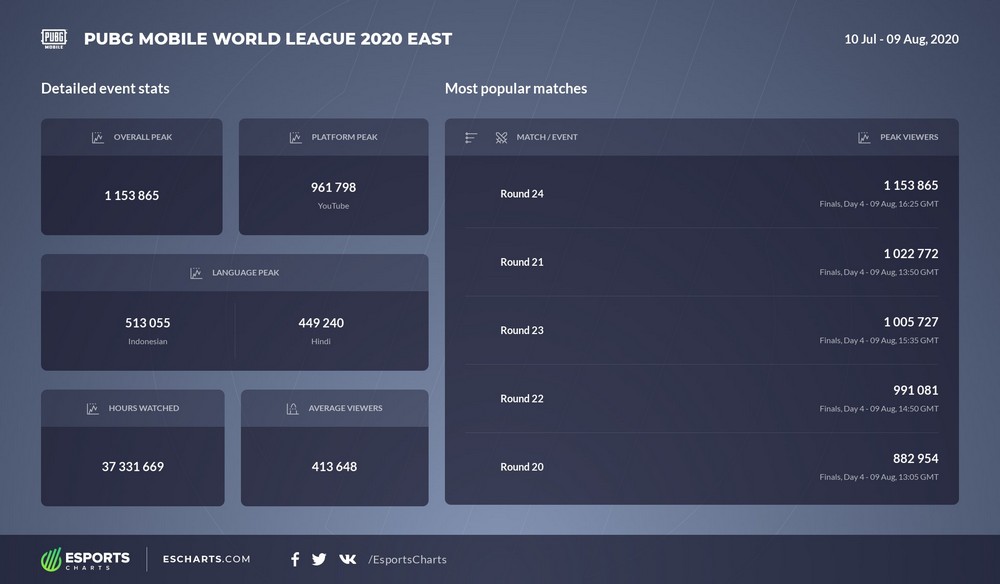
What about international viewership? To investigate this matter, we can use data from Esports Charts. According to the data, PUBG Mobile is superior compared to Free Fire in terms of views. However, both their largest fan base is located in Asia. As proof, PMWL: East only managed to record around 1.1 million peak viewers while FFCS: Asia recorded over 2.5 million peak viewers. You can observe the data in detail in the figures above.
Player Growth and Revenue Generated by PUBG Mobile and Free Fire
As we mentioned previously, the two games target two different player segments. We can see the evidence on their respective Google Play pages. We can see that PUBG Mobile is rated 16+ while Free Fire only has a minimum age requirement of 12. Therefore, it is not surprising why Free Fire provides much simpler gameplay equipped with colorful and futuristic visual aspects.
Despite targeting different markets, the two games are still undergoing stiff competition. Let’s first observe the player count statistics. Quoting from Invenglobal, which refers to the Business of Apps, PUBG Mobile reached 65 million peak Daily Active Users in 2020.

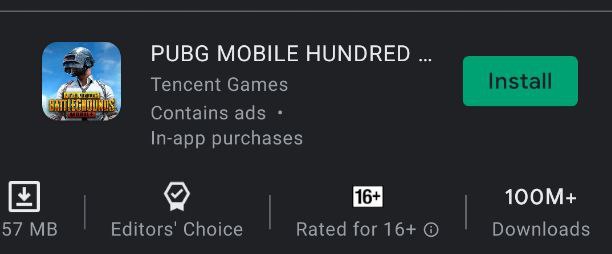
For Free Fire, we can refer to their SEA’s (Garena’s parent company) financial statements published in August 2020. In the report, it was stated that Free Fire had reached 100 million peak Daily Active Users. The report also mentioned that Free Fire made it to the Top Grossing list in Latin America and Southeast Asia. Furthermore, Free Fire was claimed to be the 3rd most downloaded mobile games globally.
Let’s move the discussion to the revenue generated by each of these two games. Even though PUBG Mobile has a smaller player base, the game developed by Lightspeed & Quantum turns out to be more profitable than Free Fire.

In December 2020, Sensor Tower reported that PUBG Mobile managed to generate a revenue of US $ 2.6 billion. This figure combines the profit acquired from the global PUBG Mobile game version and the local Chinese version, Peacekeeper Elite. With this total revenue, PUBG Mobile cemented themselves as the highest grossing mobile game, superseding Honor of Kings (Chinese version of AOV), Pokemon GO, and 3 other casual games (Coin Master, Roblox, and Monster Strike).
On the other hand, Free Fire managed to accumulate a revenue of US$ 2.13 billion, according to SuperData. As a result, Free Fire claims the title of the highest grossing free-to-play game in 2020, along with Pokemon GO, Roblox, League of Legends, and so on.
From these statistics, we can conclude that Free Fire and PUBG Mobile have their own respective successes in the Battle Royale genre. Free Fire managed to attract many players through the more casual gameplay and colorful cosmetics. On the flip side, although PUBG Mobile has a smaller player count, they are more likely to attract users that will perform in-app purchases due to the more mature segmentation of players.
With the various successes they have had in 2020, what will be the future of both of these games?
The Future of Battle Royale and the Development of PUBG Mobile and Free Fire
Unfortunately, PUBG Mobile might not have the most promising future with regards to its development as the game has experienced a lot of controversies both internationally and locally.
PUBG Mobile is often viewed as a game that inflicts “negative impact” upon its players. The game was blocked in Pakistan for this very reason. It is also blocked in India, though it was for another reason. In the local spectrum, PUBG Mobile has also been labeled haram by the Aceh Ulama Consultative Assembly since last June 2019.
According to Kompas.com, PUBG Mobile got blocked because it was inducing addictive behavior. This exact reasoning is also brought up in the previously mentioned international incidents such as Pakistan. Quoting India.com, the community considered PUBG Mobile to be addictive and had the potential to harm children’s physical and psychological health.
The addiction argument is often used by the community when discussing the impacts of online games. However, game addiction is actually not a very viable argument. You can see why in this Hybrid.co.id article.
Apart from addiction, I feel that the militaristic theme might also be another reason behind the paranoia caused by PUBG Mobile. If you play PUBG Mobile without the skins or cosmetics, the game actually presents you with a somewhat dark, war-filled, and violent world.
PUBG Mobile is also ironically blocked in China, where the game developer company is based, due to the violent content they display. As a result, PUBG Mobile rebranded to Peacekeeper Elite in China and minimized the disturbing content in the game.
Tencent – the game publisher – and Lightspeed & Quantum – as the game developer – may also be aware that their violent content might be the cause of the controversies they received. Therefore, along with its development, PUBG Mobile is also trying to add more color to the PUBG Mobile game. They achieve this by introducing various futuristic-themed cosmetics, which you can see in the recently released Royale Pass Season 18.
What about Free Fire? Even though they are both Battle Royales, Free Fire tends to have less controversies. In terms of content, the Free Fire game looks realistic during its release. But over time, Free Fire also continues to develop its content towards the futuristic theme.
Free Fire had collaborated with the Money Heist series from Netflix, soccer player Christiano Ronaldo in presenting the character Chronos, and even the Attack on Titan anime to feature Eren Jaeger into the game. Free Fire had also been blocked by the Indian government, but it was due to the boycott of products made by China as there were some conflict between the two countries.
As a final discussion, what will be the fate of the Battle Royale in the esports realm? Even though the Battle Royale genre did receive criticism as a competitive esports, the rapid development of Free Fire and PUBG Mobile competitions has actually become a proof of some market interest in the genre.
However, along with its development, both PUBG Mobile and Free Fire often make format changes. The current competitive esports state of these two games is far from perfect, considering that they are a relatively new genre. Many changes must be made to make the scene highly competitive.
In the case of PUBG Mobile, for example, there was a discussion on the possibility of using First-Person mode for esports matches. Furthermore, using the First-Person perspective is only one of the aspects that can be improved. There are still other aspects that can also be discussed, such as the tournament formats or for fair point distributions in both games.
Then what about the Battle Royale genre itself? Will the genre die out in the near future?
To answer this matter, I will refer to my discussion about the causality between free games and esports. In the article, we can observe that a healthy esports ecosystem can prolong the lifespan of a particular game. As long as the esports exist in the genre, new players will continue to come, either because they aspire to be a pro or simply attracted from watching the game.
The Battle Royale genre already has the perfect high-action gameplay with a fitting duration. With this notion in mind, we can safely predict that the Battle Royale esports ecosystem is not going anywhere any time soon.
Translated by: Ananto Joyoadikusumo


